The Existential Call for Bar Regulars
Plus, a look at the Bloody Mary, Sidney Poitier, and The Velvet Underground
Every so often, someone in the service industry will hop on Twitter to let everyone know that if you’re a regular at a bar or restaurant, there is absolute certainty that the staff has a nickname for you. These insiders want you to know that this nickname is likely not a compliment. Obviously, my delusional side likes to think my nicknames are things like Sultry Cindy or Witty Wanda, but if I’m being honest with myself, it’s probably something like Spinach Tooth. Or Boobs McGee, for the time one of my Banana Republic shirt buttons succumbed to the forces of bosom physics while I – unaware of my own plight – chatted up a bartender who felt very, very bad for me but had no idea how to flag the issue. As such, it's best to never know the truth of this nickname. Accept this almost certain reality and just do your best to course correct with exceptional tipping and moderate, a-political banter.
But the last bout of discourse regarding restaurant regulars yielded some other interesting perspectives from people. For example:
“Being a regular anywhere is such an ick to me. Nail salon lady should not know you by name… and miss bartender barb shouldn’t know your drink before you ask for it. Idk why it’s so weird to me.”
“It makes me deeply uncomfortable to be recognized. A Starbucks employee started ringing my $6 drink as a $0.99 croissant and I stopped going.”
Now, I recognize that we’re all wired differently, and many people are, unlike me, very private and unassuming. That said, this very strong sentiment feels like the product of a different generation. I’m not sure I would have landed on this conclusion had the first tweet not used the word “ick,” which was an immediate indicator that we’re dealing with someone born between 1997 – 2013. Of course, “ick” is not exclusively owned by Gen Z, but the alternative would be someone born in Minnesota between 1946 – 1964 and the context clues just didn’t check out. (Yes, I’m a P.I. specializing in generational forensics, with a focus on Upper Midwest colloquialisms.) Let’s dig in!
Turns out, Gen Z is drinking less than their predecessors – about 20% less alcohol per capita than Millennials (my generation) did at their age, with 28% of college-age students abstaining completely. As such, they’re deprioritizing bars and restaurants from both a social and economic perspective – 58% of Gen Z are regular patrons compared to 65% of Millennials. Plus, consider that recreational cannabis is legal in at least 21 states now and is largely a home-based activity, disproportionately enjoyed by legal-age Gen Z consumers relative to older generations with a much more expansive legal-age population. And, not to discount the overall shift in “digital native” behaviors coming out of the pandemic – more food delivery, enthusiasm for home cooking, and endless streaming options that have placed weekend plans back at home base versus the malls, movie theaters, and other public entertainment centers of yesteryear.
Now, one can’t qualify one set of behaviors as automatically better or worse than the other. Of course, there are the obvious concerns of over-consumption of any vice – alcohol, weed, or otherwise – but there’s also a concern I’ve been grappling with the last few years regarding the seemingly lost art of in-person conviviality. Breaking bread with friends you’d otherwise just exchange texts or DMs with, the joy of discussing sports, culture, or politics over a glass of wine instead of through faceless Twitter threads, and even just making a point of physically engaging with your community when so many transactions can be handled online. When was the last time you went into a library or post office? Dropped off a bill at village hall? Got a suit tailored, a shoe cobbled, or enjoyed some small talk with your dry cleaner?
This is not just about waning civic engagement, it’s also an existential matter. Your status as a “regular” in some capacity on this planet creates a permanent imprint in even the tiniest of ecosystems. Last night, I was mindlessly flicking through my Twitter feed and came across a post from a hair stylist who lost a cherished customer:
Your daily presence may feel small but when you’re gone, your absence is significant.
So, as budgets, schedules, and personal commitments allow, adopt a “regular” mindset somewhere. It doesn’t have to be at some upscale steakhouse or a bougee coffee house. Being a patron of local establishments is to invest in your community and nurture human connections in an increasingly digital world reigned by big box corporations. My husband used to be a bartender at a little Italian joint and now several of his regulars are among our closest friends. It’s hard to make friends as an adult, so highly recommend this route.
Your daily presence may feel small but when you’re gone, your absence is significant.
But, if you still need a data point to get you down to your local watering hole, here’s one. Research in the UK found that folks who frequent the same local dives versus those who jump to different establishments “have more close friends on whom they can depend for support, are more satisfied with their lives, and feel more embedded in their local communities.” Personal networks, like the ones described in this research, are the single most important factor determining health, wellbeing, and survival.
I’ll drink to that!
There’s something about the smell of toast and the sizzle of bacon that immediately elicits a Pavlovian craving for the tangy, briny notes of a Bloody Mary. Observe the faces of your friends when you casually say, “You know what I could go for? A big, spicy Bloody Mary.” Their eyes will light up, eyebrows will raise, and their mouth will form a perfect circle as they say “OOoooOOOooo, yes, that sounds so good right now.” Boozy enough to lift spirits but too salty for over-consumption, the Bloody Mary is a perfect brunch companion.
A lot of people only think of two variations, spicy or not spicy. But there are actually a lot of different ways to riff. The OG was created in 1934 by Fernand Petiot at the St. Regis New York’s King Cole Bar. It’s what you’re used to getting at most bars – ounce of vodka with 11 ounces of mix that includes lemon juice, tomato juice, Worcestershire, Tabasco, a mix of seasonings (celery salt, pepper, salt), and a lemon wedge garnish. Throw in horseradish for the heat.
Here are some other ways to try:
Bloody Maria – replace vodka with tequila or mezcal
Bloody Caesar (a Canadian fave!) – keep the vodka but throw in clam juice or Clamato
Michelada – replace vodka with beer and go heavy with the hot sauce
Bloody Bull – add beef bouillon with the tomato juice
Bloody Pirate – replace vodka with dark, spiced rum
Bloody Scotsman – replace vodka with a smoky Scotch like Laphroaig
Brown Mary – replace vodka with whiskey
Red Snapper – replace vodka with gin
Here in the Upper Midwest, it’s not uncommon to have your Bloody served with a beer back, otherwise known as a snit. The snit allegedly started in Minnesota in the 1950s and while I can’t speak to how widespread it is in the U.S. now, I can say it’s pretty standard where I live. If you travel up to Wisconsin, you’ll often be treated to a Spotted Cow snit. At our local spots, it’s often a pilsner or a lager, though an IPA or an amber would work fabulously. My husband likes a little Guinness in his Bloody so the best of both worlds.
Drunk history: If you say Bloody Mary three times in the women’s bathroom at your bar, an overly empathetic 24-year-old will appear and tell you to dump your loser boyfriend because you’re too good for him.
Share your cocktails with me on Instagram! @theokaypokay #okaypokaypours
One of my New Year’s Resolutions for 2023 was to watch more movies from the AFI Top 100 list. I’ve gotten out of the habit of watching full-length features over the past few years. Everyone’s been all about prestige television these days, with two episodes of, say, “Succession” equaling one average movie, and yet we have this mentality that the latter is too big of a time suck. With TV shows yanking us around and dropping us into these cliffhangers with no resolution for sometimes more than a year between seasons, there’s something to be said about enjoying a beginning, middle, and end in one sitting.
Recently I watched #75 on the AFI list, “In the Heat of the Night” starring Sidney Poitier and Rod Steiger. I have to admit, Sidney Poitier was one of those icons who I knew just enough about to nod in conversation but certainly not enough given his impact on cinema. So, when he passed away last year, I knew I had to make a point of checking out his work.
First off, this dude was dashing. This is how you wear a suit, okay?
He’s intense, brooding, and every line he delivers as police detective Virgil Tibbs is… how do you say… piercing? Case in point, the most famous line from the film, “THEY CALL ME MISTER TIBBS.” Go ahead, mention this movie to your dad and see what he says. I will put money down that it’s this line. Happened to me, happened to my husband. Please report back.
Synopsis: Black police detective Virgil Tibbs is arrested on suspicion of murder by Bill Gillespie, the racist police chief of tiny Sparta, Mississippi. After Tibbs proves not only his own innocence but that of another man, he joins forces with Gillespie to track down the real killer. Their investigation takes them through every social level of the town, with Tibbs making enemies as well as unlikely friends as he hunts for the truth.
It's a must-see, especially given the context of the time period in which it was produced (1967). Check out my favorite scene in the movie, when Detective Tibbs famously smacks the crap out of plantation owner Endicott.
Experimental rock group The Velvet Underground is one of the most influential bands of all time, and yet the vast majority of the general population has little working knowledge of their music. Not as obscure as, say, Kraftwerk but not as mainstream as the solo career of Velvet Underground front man Lou Reed. They emerged in the NYC rock scene in the early 60s, served as the house band for Andy Warhol’s club The Factory, and released “Velvet Underground & Nico” featuring the vocal stylings of German singer and model Nico in 1967.
Though it was mostly snubbed by critics upon release, it went on to be known as the original alternative album and had heavy influence on alternative sub-genres that include punk, garage, goth, and indie. Its topics include drugs, sex, and nihilism, and the cover art is the famous Warhol banana. It’s iconic.
But my personal favorite from Velvet Underground actually comes from their 1970 studio album, “Loaded,” and doesn’t actually feature vocals from Lou Reed but rather from bassist Doug Yule – a very controversial choice, I recognize.
LISTEN: Oh! Sweet Nuthin’
Dear Rachel,
I’m a mom of two sociable young boys who make friends easily, and therefore opening up more opportunities for play dates. I’m not naturally extroverted and always tend towards staying in for a quiet evening at home. However, I am worried that my shyness and avoidance of awkward parental interactions will get in the way of my kids having a fun, social summer. Any tips on how to navigate this?
Lovable Homebody
Dear Lovable Homebody,
Your constant worry about the needs and feelings of everyone else may be, at least to some degree, why you’re feeling so depleted. I sense that the mental ramp-up around social engagements is the main driver of your stress and anxiety vs. the engagements themselves. The good news is that I am almost positive you’re being too hard on yourself. The fact that you have two sociable boys who are so good at navigating friendships at such a young age is a testament to you and the behaviors you are modeling. Give yourself some credit!
On the playdate front, here’s one thing I’ve learned in my past 14+ years as a mom. Very few parents want to hang out during playdates, birthday parties or at soccer games. These are often tasks in a sea of other tasks and everyone just wants some quiet time. If there is a parent who you sense wants to get the kids together, take the bull by the horns and proactively reach out so you can set the terms versus reacting to them. Say something like “Hey, this is Lovable Homebody. I’m sure the kids would love to hang out over the summer. If you’re game for it, maybe we can work through a rotating schedule of backyard hangouts? I’m sure we could both use some free time to get through our to-do lists, so thinking the rotation would be an easy way to give them play time and while we get through our errands, etc.”
I would be THRILLED if someone did the heavy lifting like this, just putting the terms right out there so I don’t have to do the awkward social tap dancing. This may sound counterintuitive, but if you want to protect your boundaries and energy, then you have to take the lead at the outset. Over the course of the summer, you may get a sense that the other parent is really cool, has a good spirit and energy, and happy hour could be in order. But absolutely do not conflate your kids’ social life with yours. Just because another woman is a mom in your school district doesn’t mean you’re compatible.
Finally, while social skills are important, it sounds like your kids are already thriving at school and in any extracurriculars you might have them in. There’s nothing wrong with giving them an unstructured summer full of quiet time and imagination, mostly free of plans. Solo play time without agenda is good for cognitive, emotional, and physical development. Today’s generation of children are the most over-planned, over-structured ever. Give yourself and your kids a break and take it slow this summer!








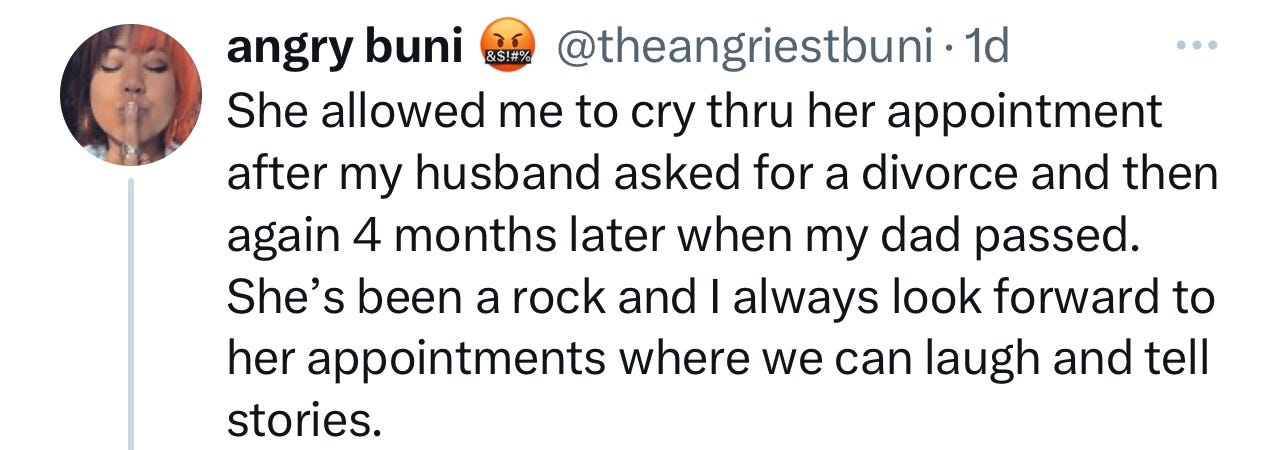
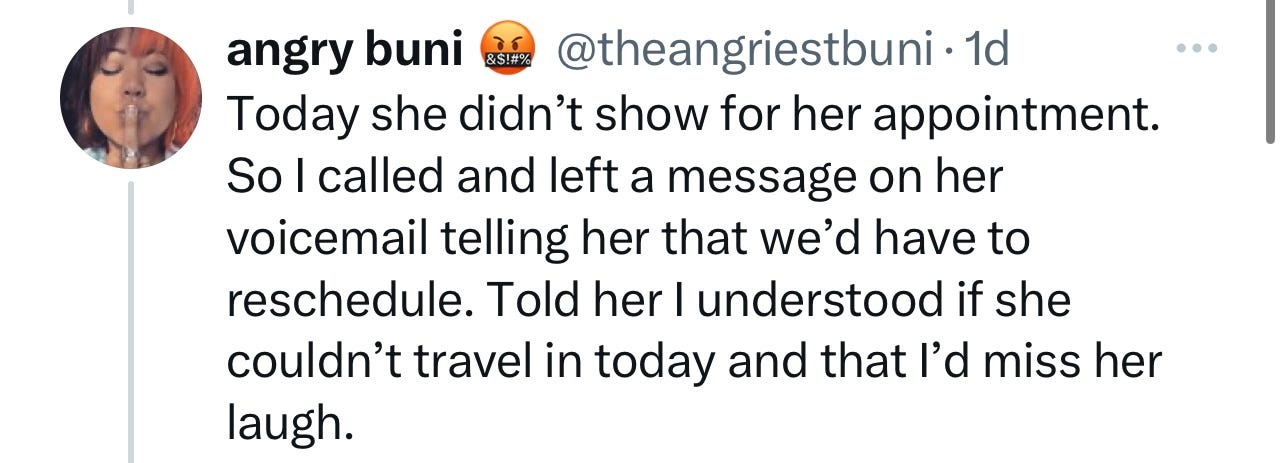
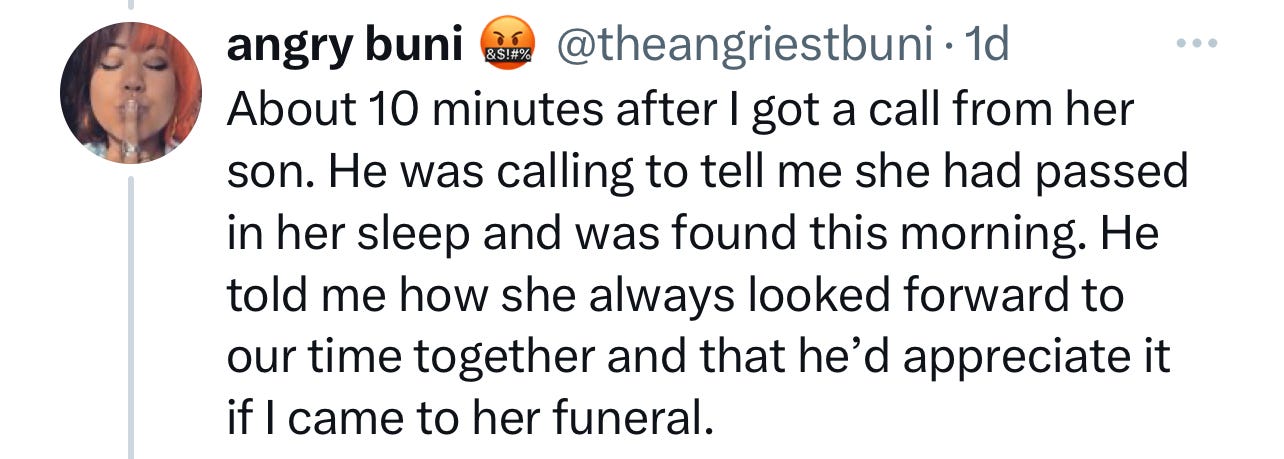

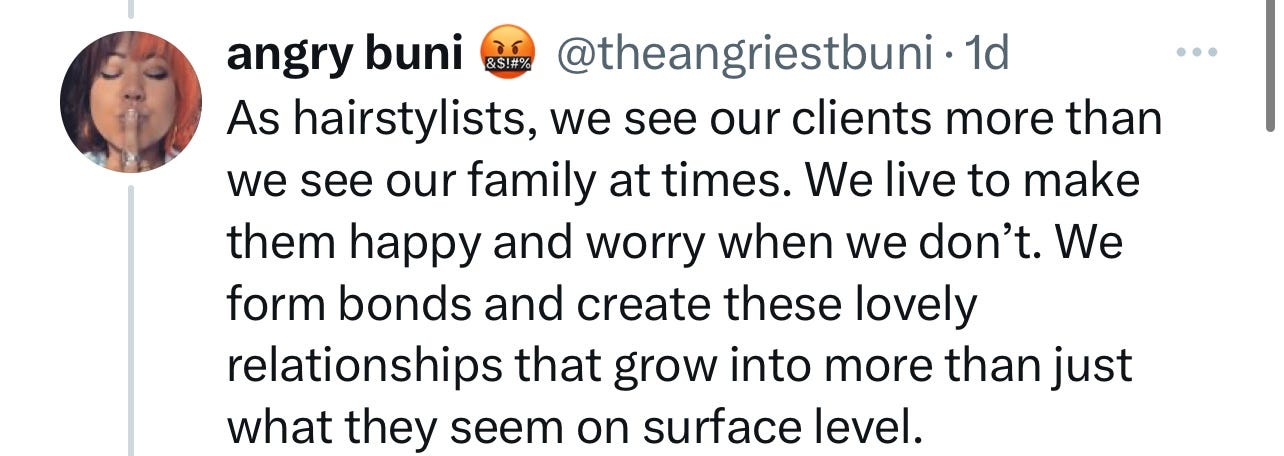








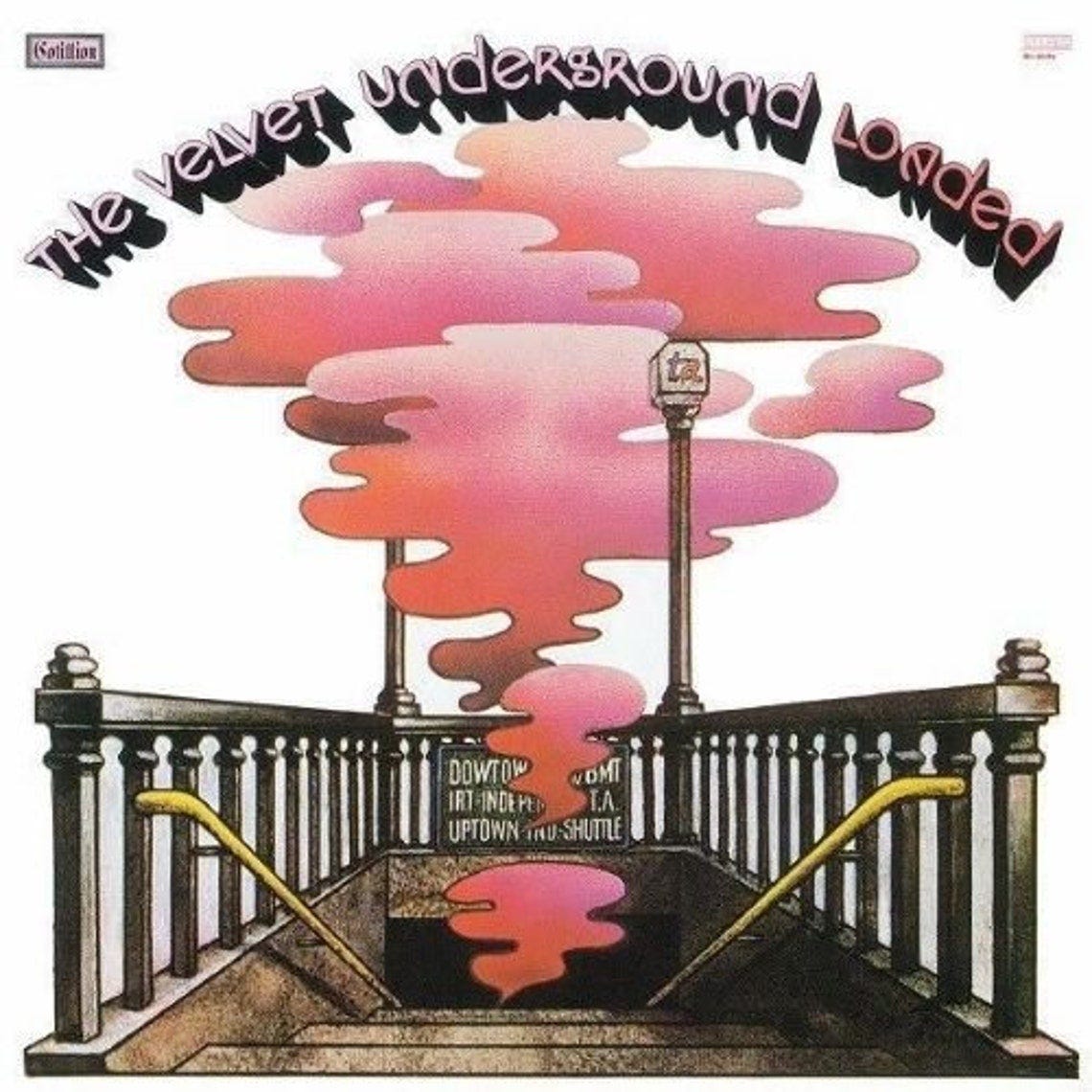

You are a brilliant writer